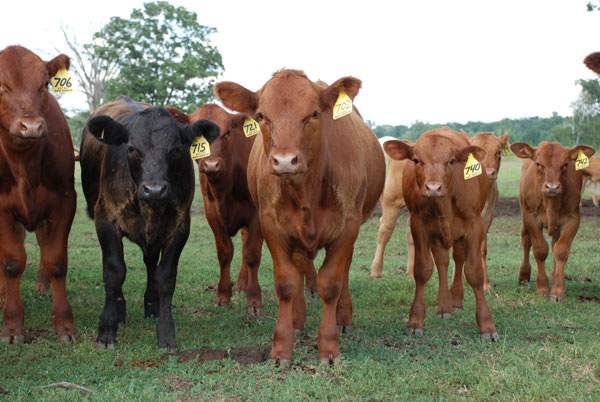Variable moisture conditions across the state means that wheat stocker demand will likely be spread out across the next few weeks as wheat pasture develops at different rates.
October 22, 2012

Tight calf supplies and obscenely high feedlot breakevens continue to offer value-of-gain opportunity to traditional stocker operators as well as cow-calf producers and folks whose primary occupation is growing small grains.
Using wheat pasture production as the example, however, Derrell Peel, Oklahoma State University Extension livestock marketing specialist, cautions producers to take stock of both livestock markets and the local effects of recent and projected weather patterns.
Weather Outlook: U.S. In For Long-Term Weather Shift
“A year ago, fall stocker calf prices increased counter-seasonally into early December,” Peel says. “Conditions are right for similar support to stocker calf prices this fall.” But, he adds that any price increase may be minimal considering the current high level of calf prices, as well as sharply higher corn prices.
For instance, calf prices in Oklahoma jumped as much as $10/cwt. during the week of Oct. 8-12, with stronger stocker demand and limited supplies both contributing factors, Peel explains. Feeder cattle auction volumes in Oklahoma decreased 26% during the last six weeks compared to last year.
Locally, speaking, Peel says, “Recent rains throughout much of Oklahoma should help to solidify stocker demand in some areas. Most of the wheat has been planted and some areas may have wheat pasture available for grazing by mid-November.
“Variable moisture conditions across the state means that wheat stocker demand will likely be spread out across the next few weeks as wheat pasture develops at different rates.”
About the Author(s)
You May Also Like





